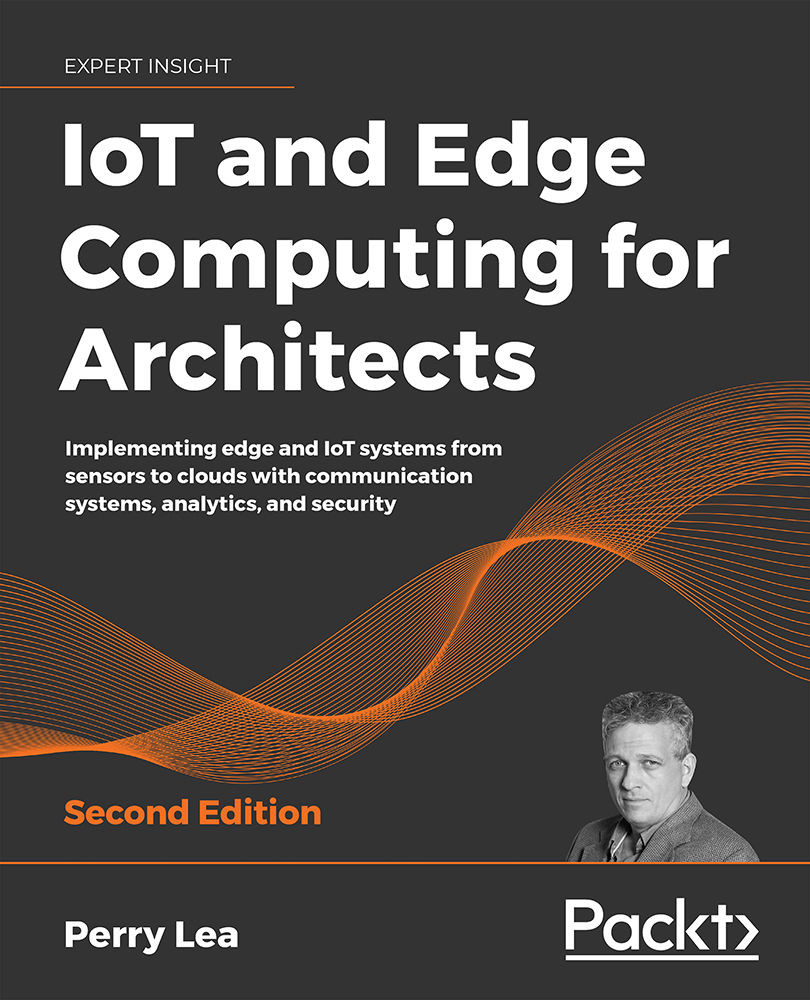Part 3 – Edge computing
Edge computing brings nontraditional computing power close to the sources of data. While embedded systems have existed in devices for the last 40 years, edge computing is more than a simple 8-bit microcontroller or analog-to-digital converter circuit used to display temperature. Edge computing attempts to solve critical problems as the number of connected objects and the complexity of use cases grows in the industry. For example, in IoT areas we need the following:
- Accumulate data from several sensors and provide an entry point to the Internet.
- Resolve critical real-time responses for safety-critical situations like remote surgery or automated driving.
- Solutions that can manage an overwhelming amount of processing of unstructured data like video data or even streaming of video to save on costs of transporting the data over wireless carriers and cloud providers.
Edge computing also comes in layers as we will examine with 5G infrastructure, multiaccess edge computing, and fog computing.
We will closely examine the hardware, operating systems, mechanics, and power that an architect must consider for different edge systems. For example, an architect may need a system that delivers on a constraining cost and power requirement but may forgo some processing ability. Other designs may need to be extremely resilient as the edge computer may be in a very remote region and essentially need to manage itself.
To bridge data from sensors to the Internet, two technologies are needed: gateway routers and supporting IP-based protocols designed for efficiency. This part explores the role of router technologies at the edge for bridging sensors on a PAN network to the Internet. The role of the router is especially important in securing, managing, and steering data. Edge routers orchestrate and monitor underlying mesh networks and balance and level data quality. The privatization and security of data is also critical. Part 3 will explore the router role in creating virtual private networks, virtual LANs, and software-defined wide area networks. There literally may be thousands of nodes serviced by a single edge router, and in a sense, it serves as an extension to the cloud, as we will see in the Chapter 11, Cloud and Fog Topologies.
This part continues with the protocols used in IoT communication between nodes, routers, and clouds. The IoT has given way to new protocols rather than the legacy HTTP and SNMP types of messaging used for decades. IoT data needs efficient, power-aware, and low-latency protocols that can be easily steered and secured in and out of the cloud. This part explores protocols such as the pervasive MQTT, as well as AMPQ and CoAP. Examples are given to illustrate their use and efficiency.







































































